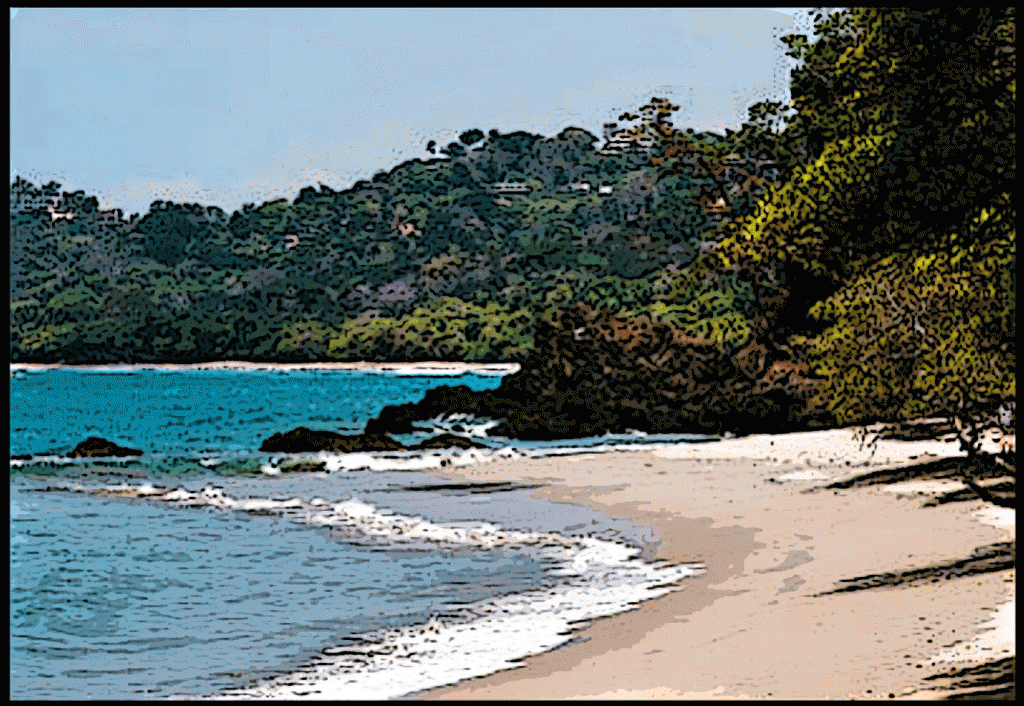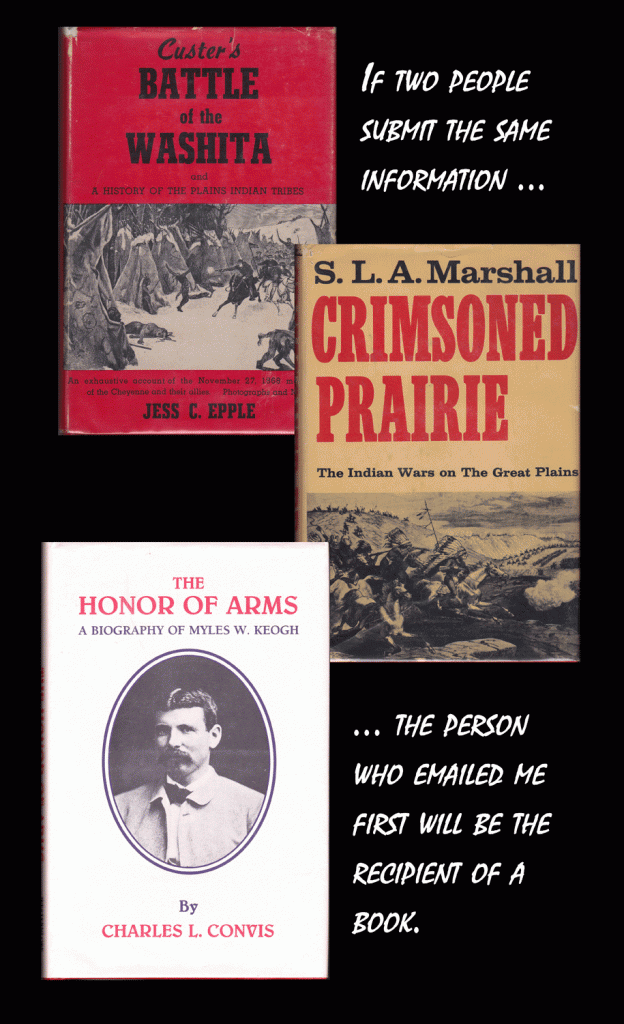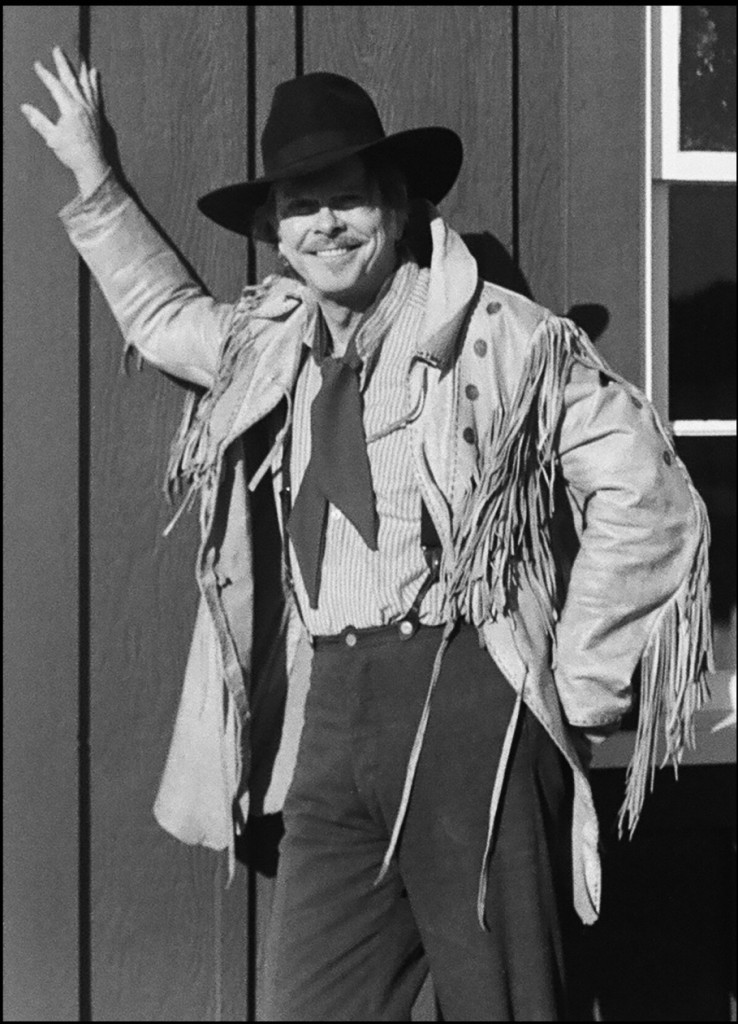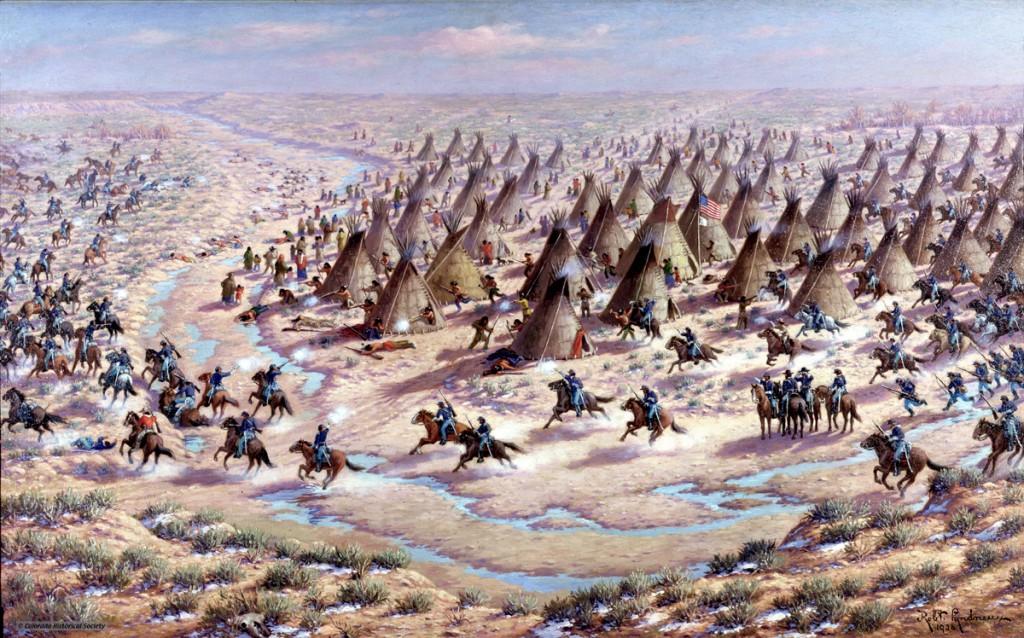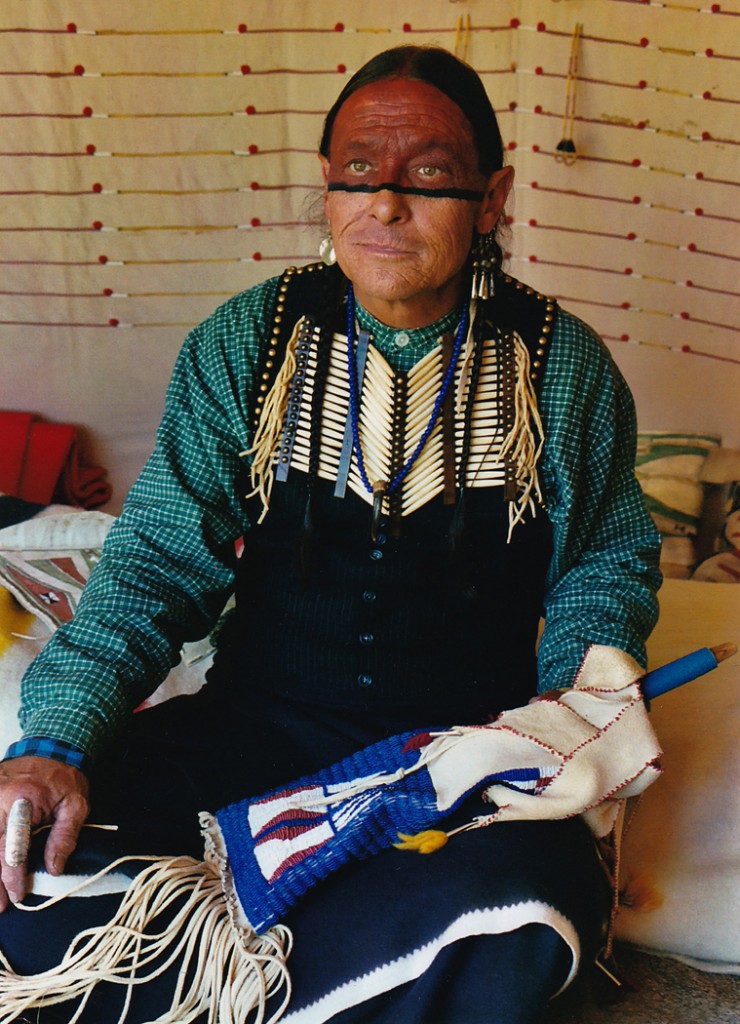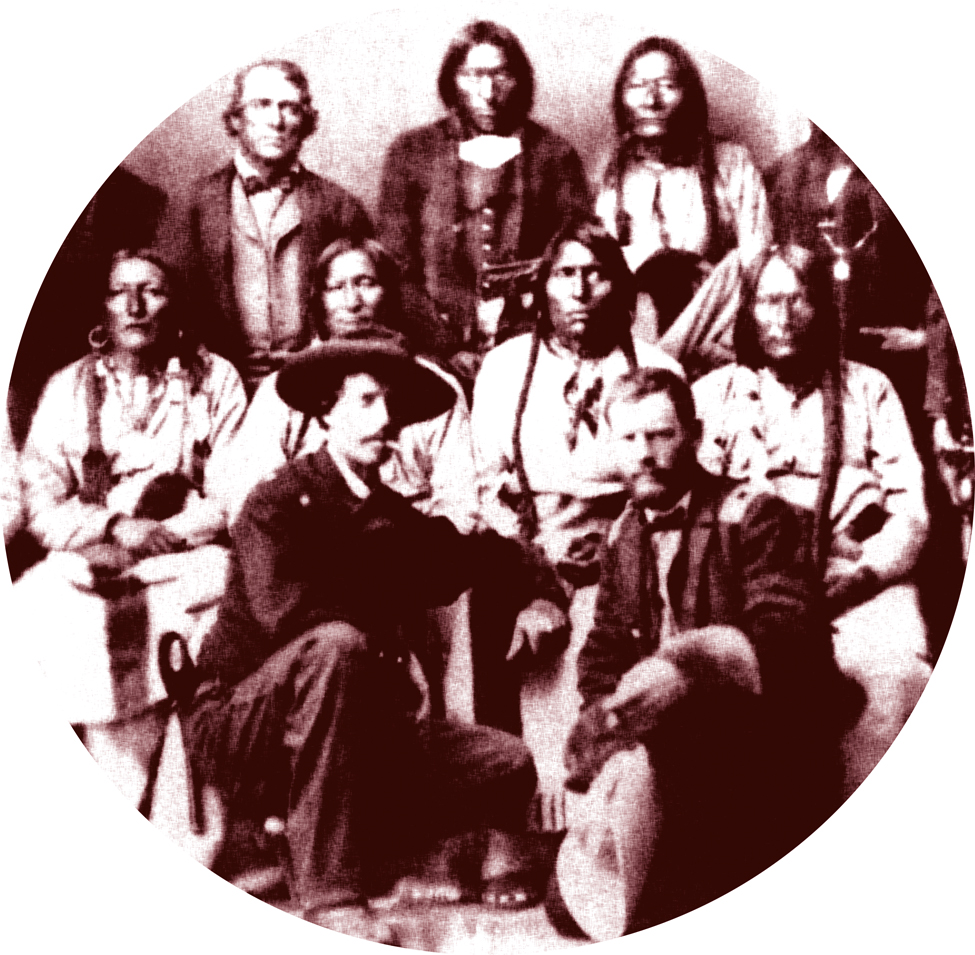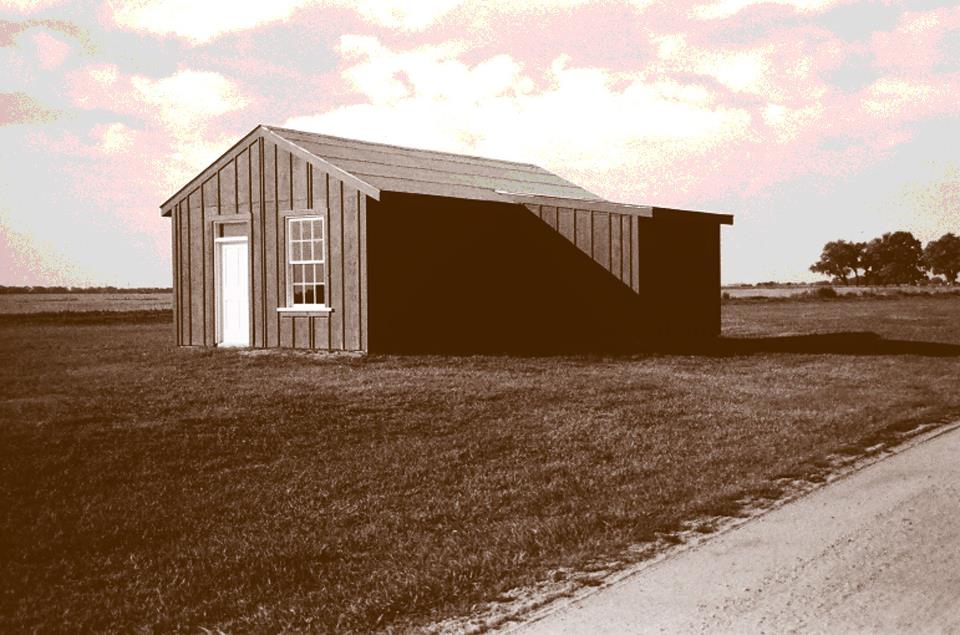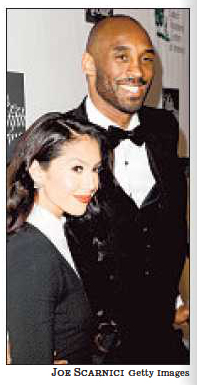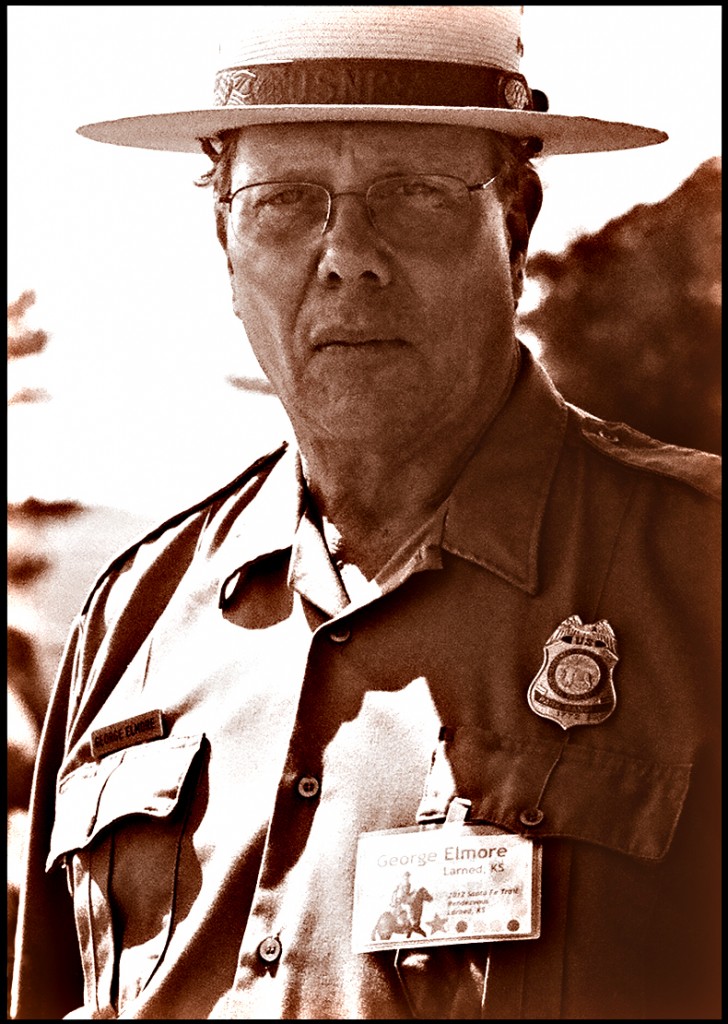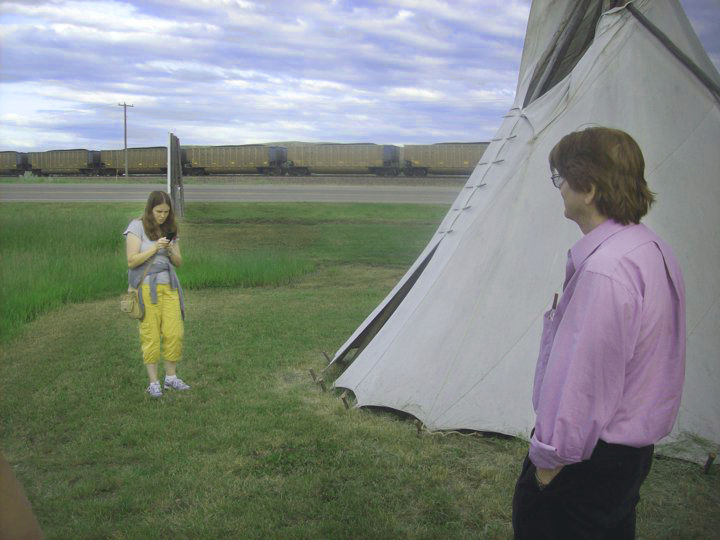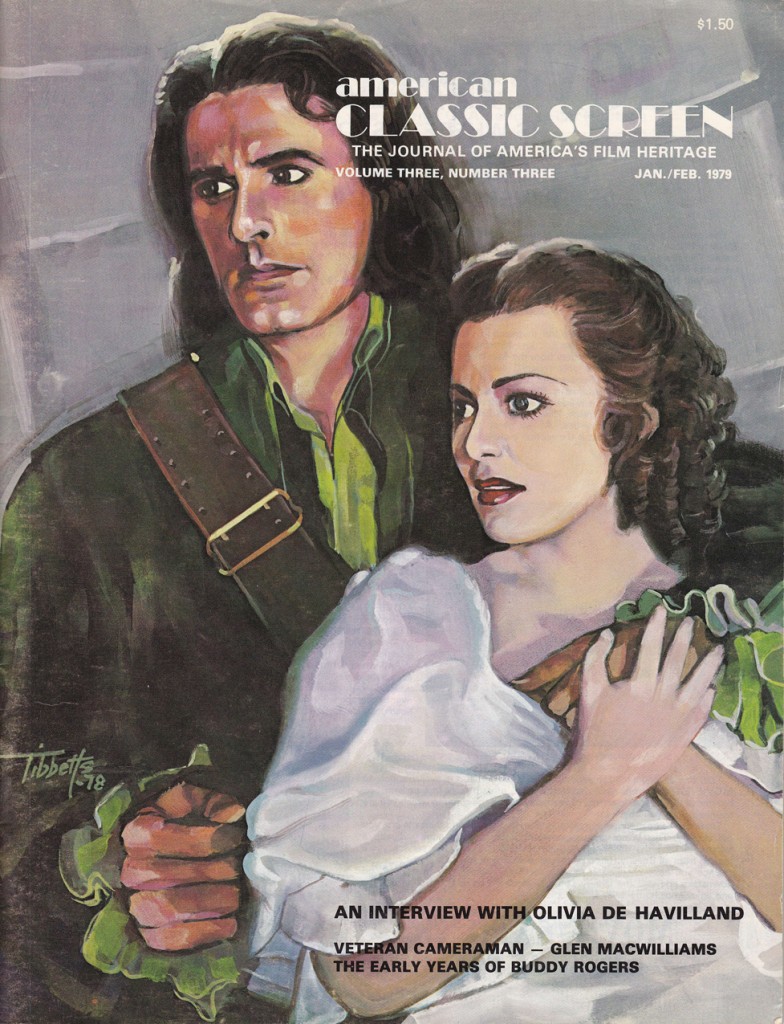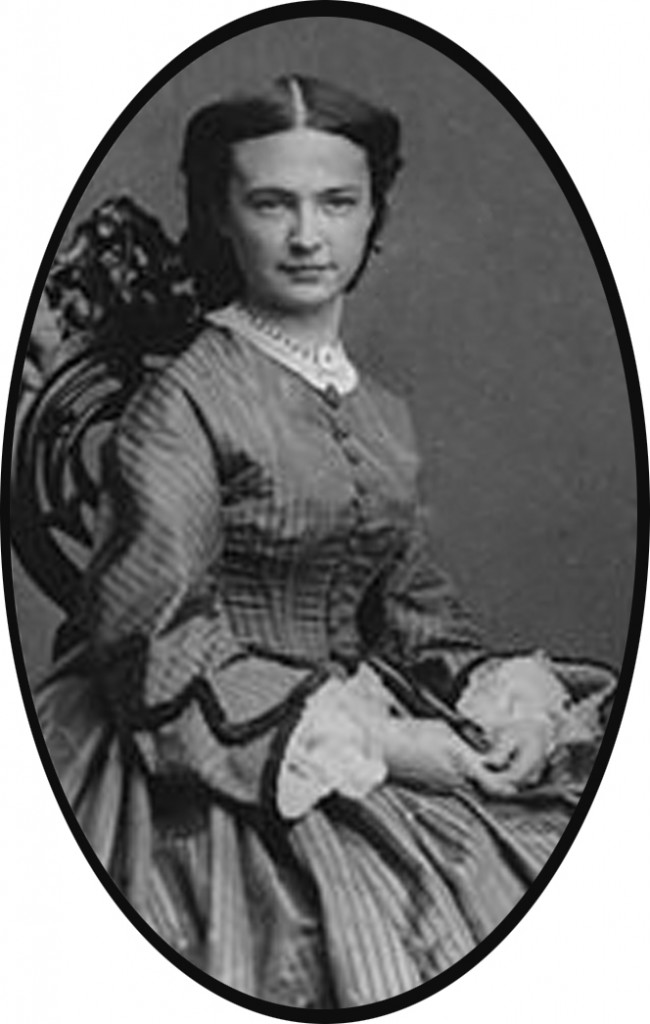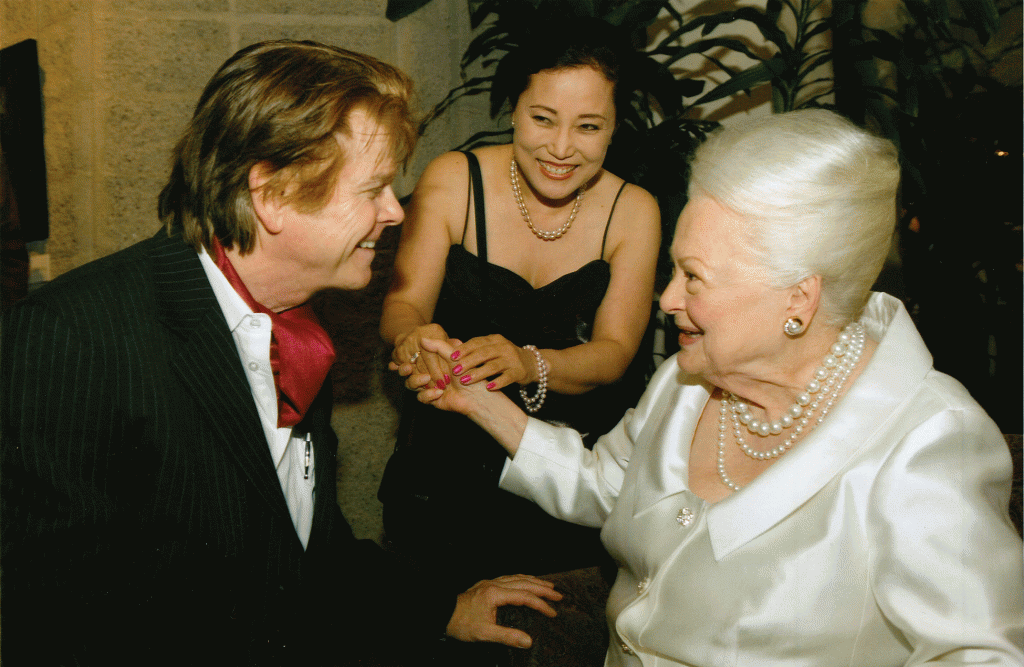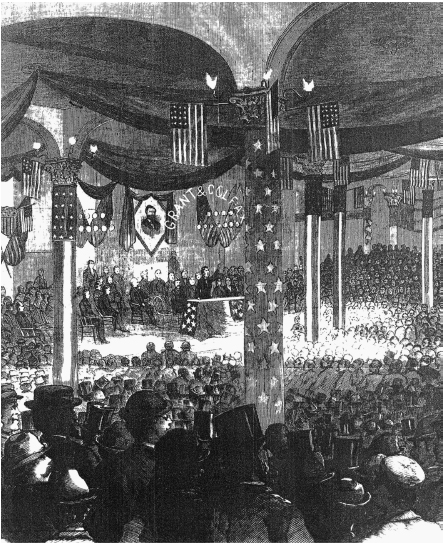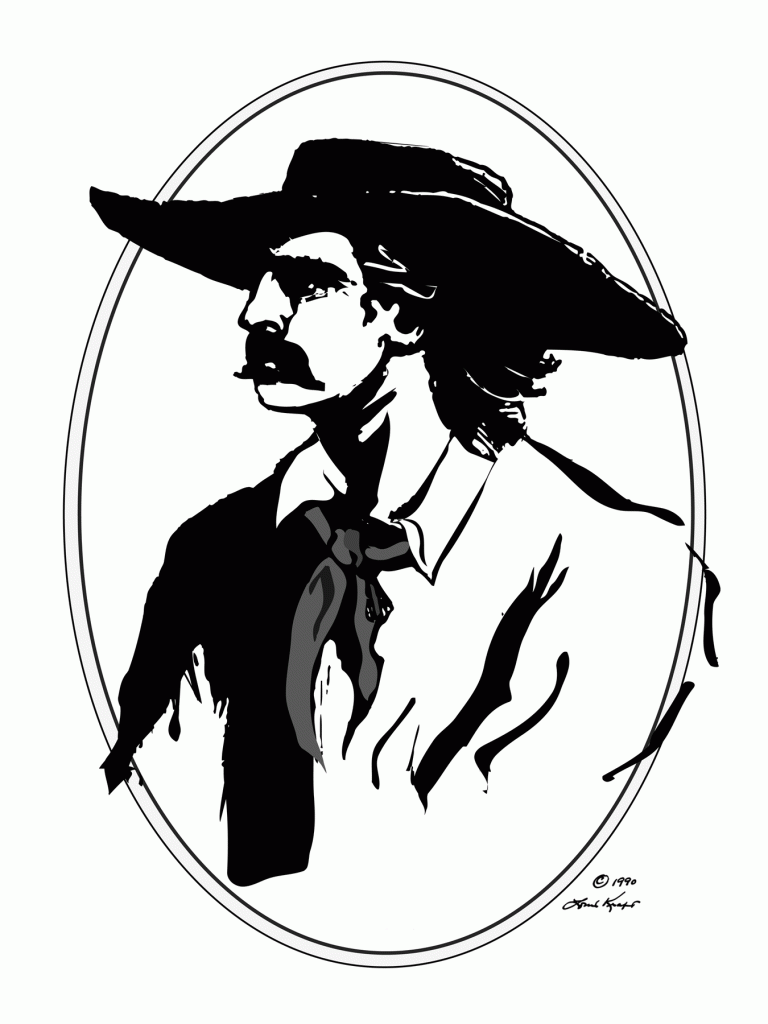Website & blogs © Louis Kraft 2013-2020
Contact Kraft at writerkraft@gmail.com or comment at the end of the blog
As promised, details of my quest to learn more about Charley Bent appears in this blog. Musings? Hell, you know me. I like to meander. Usually the blogs are long, just look at the last one if you don’t believe me. This one will be short. I promise. So here goes. …. (I know, I know—please Kraft, spare us the meanderings!). Sorry. ‘Taint in the blood.
Louis Kraft musings
To date you have been fed an overload on Errol Flynn and Olivia de Havilland; Lt. Charles Gatewood and Geronimo; Ned Wynkoop, Cheyennes, and Sand Creek (face up to it, the Sand Creek story and the key players in it are going to dominate a good portion of these blogs until the book is published, as will Errol & Olivia when its time comes). Alas, the LK saga, past and present, isn’t going away.
What you haven’t been bombarded with is The Discovery (the first in a series of novels that have entered or reentered my life). Don’t hold your breath, for even though this respite will be short, this story has begun to take control of my life. This can’t be, and I’ve made a point of allotting time to both it and Sand Creek and the Tragic End of a Lifeway on each day. To date progress has been slow on The Discovery, slower than hoped for but decent. That said, this week the characters have begun to pop off the pages. An upcoming meeting will soon determine everything in this novel’s future. This meeting, when it happens, is all important. BTW, even though partnering on a novel hasn’t been easy for me, it is a win-win for me (on many levels). If I do what I should be capable of doing, prepare properly, present everything that I’ll deliver, this will be the next published book with LK’s name on the cover.
My friends, not to worry, for Errol & Olivia is a major book for me (as are the 2nd book on Flynn and a nonfiction book on Kit Carson), and Sand Creek and the Tragic End of a Lifeway is a must for me (I can’t begin to tell you how important this book is to me). Hours, days, weeks, and months tick by. Time. It is the most valuable thing I have in this world (other than my lady and my daughter). I have taken a long hard look at the books I have written and those I want to complete, and let me tell you that I had better live for many more years. Of course I have every intention of enjoying every minute that I have with my work, Pailin (and hopefully Marissa). I don’t give a hoot where we live. LA—and I love LA—may someday be in my rearview mirror. If this happens money is the villain. The USA and the world beckon; that is those locations with sunshine, blue skies, warm temperatures, and reduced violence (I know that I’m asking for a lot). Hell, I’m a writer and can live anywhere my lady and I choose (even Colorado).
Back to Charley Bent and Sand Creek
Progress isn’t as fast as I’d like on Sand Creek and the Tragic End of a Lifeway. Blame this on anything you want, for anything you name is the culprit (except for writer’s block; I never have writer’s block).
In a nutshell, the following is what I have on Charley Bent:
- George Bent’s letters to George Hyde and George Bird Grinnell
– Some of which I’ve found in Colorado, Los Angeles, and Yale (I deal with the university long distance)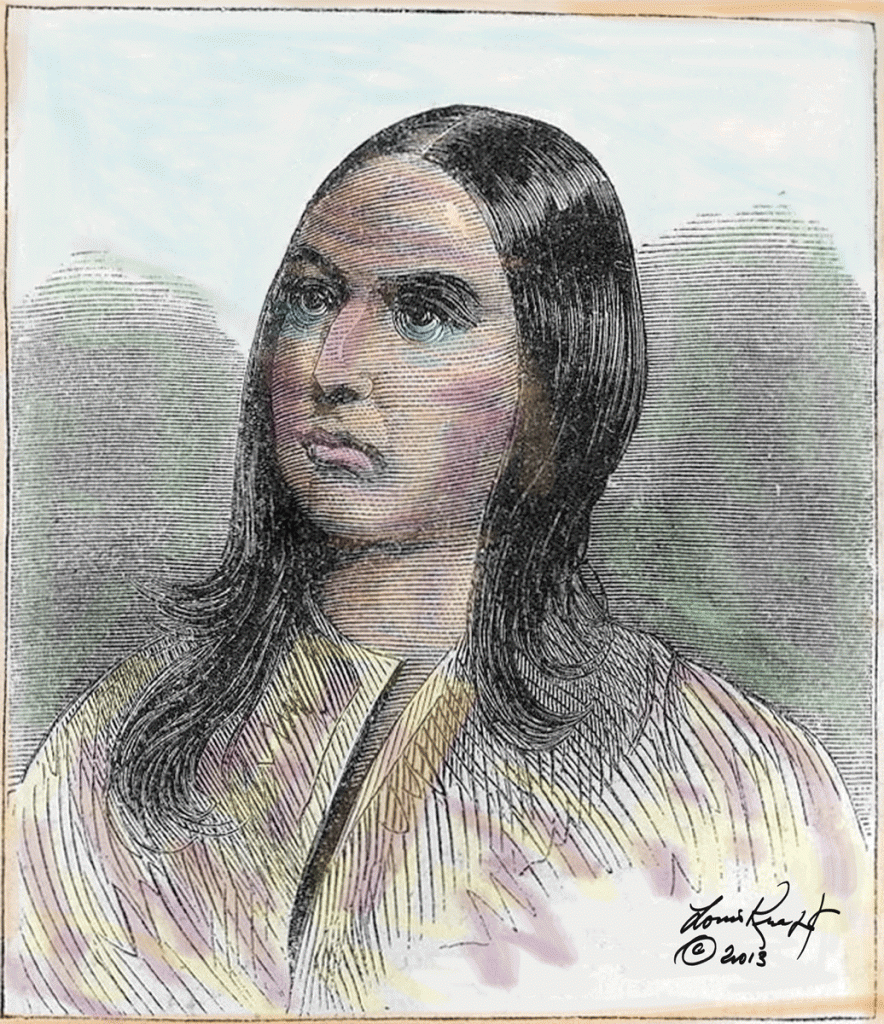
This colorized portrait of Charley Bent is copyrighted. I’ve posted it in the past and hesitated posting it again as it will be included in Sand Creek and the Tragic End of a Lifeway. That said, it isn’t available to share or repost or use. I posted it here only as it is the only image that I am aware of that shows Charley in young manhood. Pardon the following while trusting what follows. I hang out with my lawyer, we party together and we are the best of friends. If this colorized image is stolen, we will sue you. (art © Louis Kraft 2013)
- Two good friends (Gary Leonard and John Monnett) have supplied me with the magnificent digitized assembly of George B.’s letters that were compiled by Lincoln B. Faller, although the word usage seems to have been cleaned up from photocopies of George’s letters that I have in his own hand (his English wasn’t the best)
- I have viewed the George Bird Grinnell collection at the Braun Library, Southwest Museum, Autry Museum of the American West (and will do so again, to ensure that I haven’t missed anything)
- The three major government documents dealing with the attack at Sand Creek
– House of Representatives 38th Congress, Second Session (“Massacre of Cheyenne Indians”)
– Report of the Secretary of War, 39th Cong., 2d Sess. Ex. Doc. No 26
– “The Chivington Massacre” (included in Carroll, ed., The Sand Creek Massacre, which also includes the two government documents listed directly above, of which I have printouts. That said, to date I haven’t searched on Charley Bent.) - The War of the Rebellion (Note that my previous research related to the Wynkoop story; that focus has changed and expanded and I know for a fact that I haven’t seen everything. This said, I had never searched on Charley’s name, but will soon.)
- Halaas and Masich’s Halfbreed (Da Capo Press, 2004)
- Hyde’s Life of George Bent (University of Oklahoma Press, 1968)
- Berthrong, Grinnell, and Hoig’s books dealing with the Cheyennes
- Father Peter Powell’s books dealing with the Cheyennes and the Cheyenne wars
- Gary Roberts’ “Sand Creek: Tragedy and Symbol” graduate dissertation (University of Oklahoma,1984)
- Gregory F. Michno’s Battle at Sand Creek (Upton and Sons, 2004; BTW, I designed this book)
For what it’s worth, my library is extensive. Also note that I’m not asking you to look at the Wynkoop book (its bibliography is 10 pages, and a good portion of it deals with the Cheyenne wars of the 1860s).
Still, after all of the above, I don’t know much about Charley Bent. Half white and half Cheyenne, he chose his mother’s people. Why?
I know approximately when he died (November 1967; the 10th or could it have been the 20th?), and it wasn’t from a wound if we can believe brother George. Or is there a George B. quote that claimed Charley did die from fever after being wounded (I haven’t seen this letter yet but will hopefully have it soon), and if so why did George change his story later in life? The Pawnee bullet incident seems to be based upon a story published in an Oklahoma newspaper roughly a month shy of 43 years after Charley’s end (and it called him a chief of the Dog Soldiers). Details? To date piss poor. … It appears that Charley was one tough hombre, not someone to cross or face in battle. True? Honestly, at this moment in time I don’t know. In the early 1860s he turned his back on his father’s (William Bent’s) world and pretty much lived and fought with the Cheyennes. It appears as if his anger and hatred toward his father was strong, strong enough that he might have considered murdering his him.
Again why?
For your information, the Sand Creek manuscript wraps up with the end of the 1860s, so everything related to Charley is in the manuscript’s scope. Billy Markland recently supplied me with a tad of information on Charley that happened in early 1867 (Executive Document, House of Representatives, 2nd Sess. 41st Congress, 1869-70). I’m certain that there is more in Charley’s short life that I am not aware of and have no clue where it is located.
As I had mentioned on a previous blog and on the OIW Facebook page I plan on sending a book to the person who supplies me with what I consider the most important information about Charley that I don’t know (if a second or even a third person also submits good information that I have no prior knowledge of, they too will receive the second and third books (listed below).
That’s right, I’m placing three books into this mix. I’m not saying they are great books (or pamphlets), but they are related to the Indian wars and have been in my library.
Why the generosity?
Pure and simple, I haven’t been the most social person and my research money isn’t what it used to be. I need to increase how I come by valuable information. And it would be nice to get to know people that have similar interests. Also, I am in desperate need of room, and I hate to say it, but I’m the world’s worst salesman. I don’t think I’m capable of selling a Sacajawea $1.00 coin for .50 cents. Anyway I have the books and it will be my pleasure to send them to you.
They are:
- Crimsoned Prairie: The Indian Wars on The Great Plains by S. L. A. Marshall (Charles Scribner’s Sons, New York, 1972; this is a book club edition)*
- Custer’s Battle of the Washita and a History of the Plains Indian Tribes by Jess C. Epple (Exposition Press, New York, 1970)*
- The Honor of Arms: A Biography of Myles W. Keogh by Charles L. Convis (Westernlore Press, Tucson, Arizona, 1990)*
* LK note: The above books come with no recommendations. They have been read by me and in two cases by others.
Oh, and this is important. Everything stated above is to go through an email address (writerkraft@gmail.com). I will not deal with a round robin open debate on the OIW Facebook page or on the LK website. Use the email address.
One final comment: I plan on requesting George Shoup and John Chivington’s military records soon (there are other documents I need on Chivington and hopefully I can also obtain them). If I acquire the desired documents and have the time to study them, one of these two gentlemen will most likely be my next subject of inquiry. The above listed books, if I still have them, will not be listed in the next information quest.


